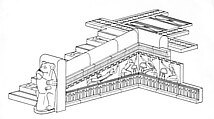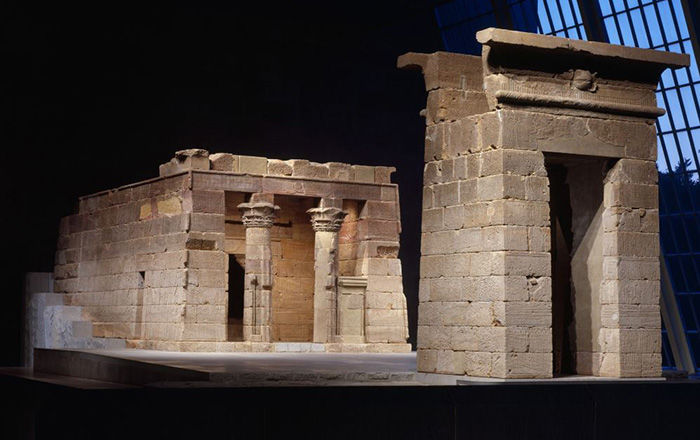Tile from Side of Stairway to Dais
New Kingdom, Ramesside
This tile once decorated the palace of Ramesses II in Piramesse, which he made into one of the greatest royal cities of ancient Egypt. Thanks to the royal favor and its strategic location, Piramesse soon became an important international trade center and a cosmopolitan metropolis, boasting a harbor, a military base, and temples dedicated to various gods like Amun-Re-Harakhty-Atum, Seth, Astarte, etc. Poems were written in the city's praise, and its name, which translates as "The House of Ramesses, Beloved of Amun, Great of Victories" when fully written, came to us through the Old Testament as ‘Raamses.’
The tiles bear the names of Seti I, Ramesses II and later Ramesside kings, who renovated the palace and changed its decoration through the reigns. New tiles were made, and the old tiles may be have been dismantled and buried together. Based on the tiles, we can still reconstruct quite a number of the features of the palace that are now completely lost, including throne podiums, steps, windows of appearance, and faience sculptures.
This tile belongs to the lower register of the railing of the throne platform and its stairways. Like other tiles from the railings, it has pronounced slope to its top and it depicts a foreigner with an offering tables. The foreigner here is represented as Libyan, recognizable by his long cowhide garment.
This image cannot be enlarged, viewed at full screen, or downloaded.

